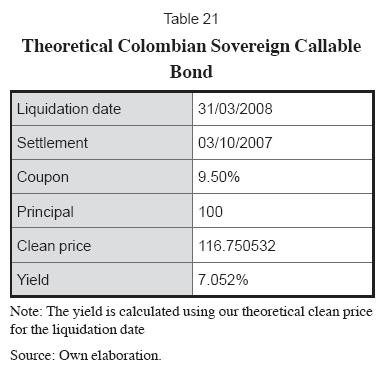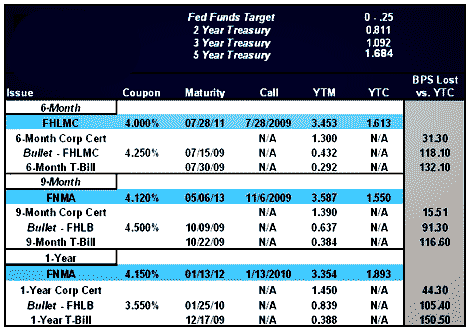Callable Bond Definition Example
Post on: 18 Май, 2015 No Comment

What it is:
How it works/Example:
A callable bond (also called a redeemable bond ) is a bond with an embedded call option. If the issuer agrees to pay more than the face value amount of the bond when called, the excess of the payment over the face amount is the call premium . In most cases, the call price is greater than the par (or issue ) price.
To simplify the concept, let’s look at an example:
Company ABC decides to borrow $10 million in the bond market. The bond ‘s coupon rate is 8%. Company analysts believe interest rates will go down during the 7 year term of the bonds. To take advantage of lower rates in the future, ABC issues callable bonds.
Under the terms of the bonds (the indenture), ABC has the option to call the bonds (meaning, pay them back) any time after year 3. However, if ABC decides to exercise its right to call, it needs to pay bondholders $102 for every $100 of principal .
Let’s assume that in year 4, interest rates fall to 6%. ABC exercises its right to redeem the bonds. It borrows money from a bank at 6% and pays back the 8% bonds.
Even though ABC had to spend $10.2 million to pay back its current bondholders, it will benefit going forward because future interest payments will be only $612,000 per year ($10,200,000 * 6%) vs. $800,000 per year ($10,000,000*8%).
Why it Matters:
It’s extremely important for investors to realize the presence of an embedded call option in a bond affects the value of the bond.

A callable bond is worth less to an investor than a noncallable bond because the company issuing the bond has the power to redeem it and deprive the bondholder of the additional interest payments he’d be entitled to if the bond was held to maturity .
From the company’s perspective, having the ability to call the bonds adds value because the company is given the flexibility to adjust its financing costs downward if interest rates decline.
Typically, bonds are called when interest rates fall so dramatically, the issuer can save money by floating new bonds at lower rates. If by the time of the call date interest rates have significantly dropped, the issuer is motivated to call the bonds because doing so will allow it to refinance its debt at a cheaper level. From another perspective, the issuer is incentivized to buy bonds back at par value, because as interest rates go down, the price of the bonds goes up.
Callable bonds are attractive to investors because they usually offer higher coupon rates than non-callable bonds. But as always, in return for this investment advantage comes greater risk.
If interest rates drop, the bond’s issuer will be strongly motivated to save money by replaying it callable bonds and issuing new ones at lower coupon rates. In these circumstances, the investor that holds the bonds will see his interest payments stop and obtain his principal early. If the investor then reinvests this principal in bonds again, chances are that he will be forced to accept a lower coupon rate that is in line with the prevailing (and lower) interest rates (called interest rate risk).














